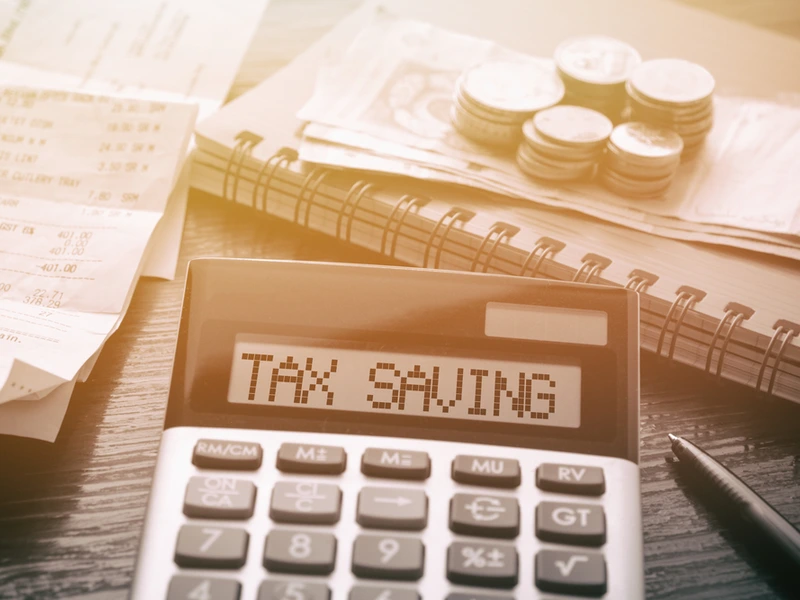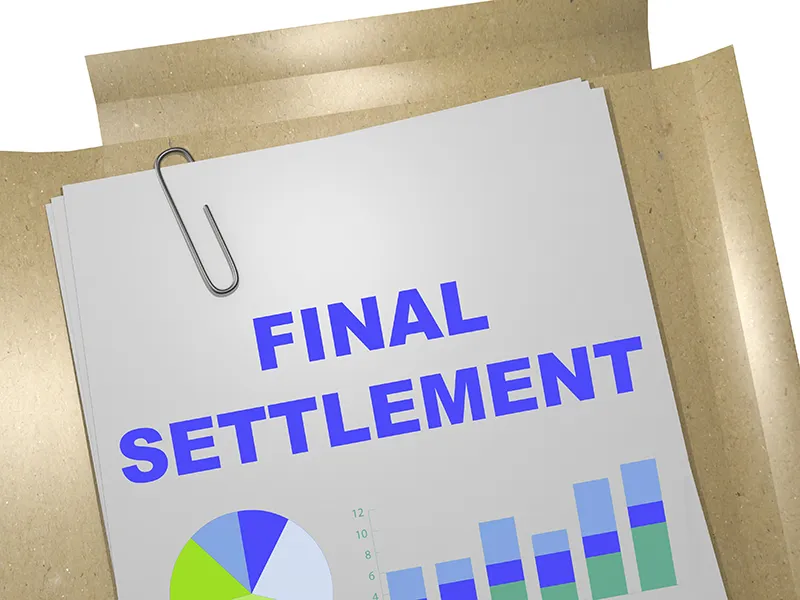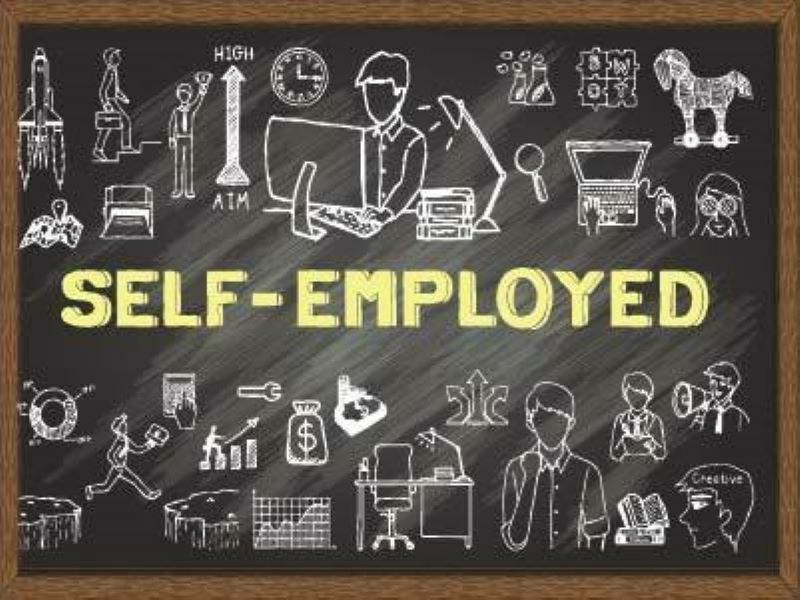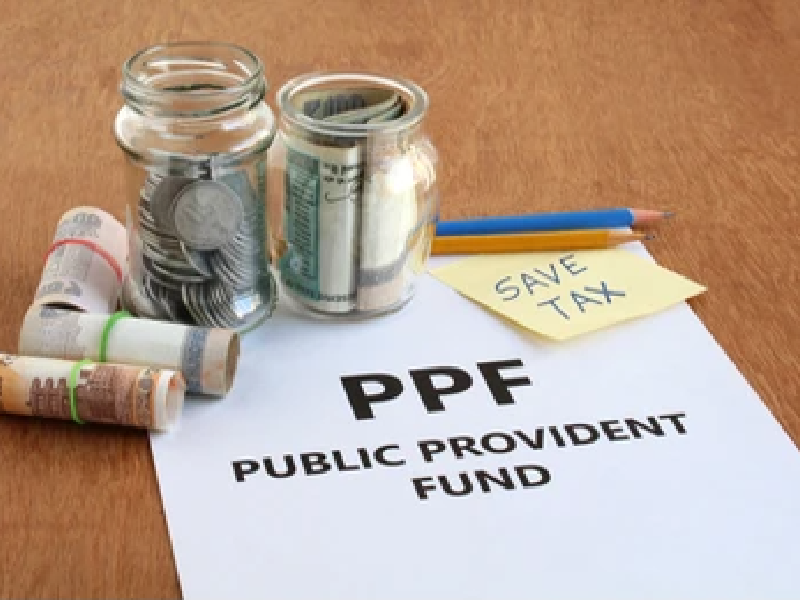
Delayed tax planning often runs the risk of some common mistakes that may impact one’s financial planning. Tax planning should ideally be done at the start of a financial year to ensure that one has the entire year for making financial decisions and accordingly selecting investments. When tax-saving investments are made in haste, they often result in mistakes that impact overall financial planning. Tax-saving investments should not be looked at only from a tax-saving angle. This is because these investments can also help in achieving personal financial goals.
Here are some of the common tax-saving mistakes that should be avoided while planning at the last moment.
1. Delayed tax planning
Most taxpayers in the country delay decision-making or planning on tax-saving until the end of a financial year. We all know that this is not a good approach. Planning for tax-saving should ideally be started at the earliest in any financial year.
A simple example that explains the benefits of this approach is that money invested in a PPF account at the beginning of a financial year will fetch far higher tax-free interest through the year as compared to returns from the investment made in March.
Those planning to invest in ELSS through SIP will be able to do so by starting financial planning at the earliest in the financial year. If delayed, one will end up allocating a large amount of money later. This can impact one’s cash flow, too. In some cases, people may have to borrow funds from credit cards for making such investments. Thus, it is best to avoid waiting until March for tax planning.
2. Mistaking tax saving for investing
It is a common misconception that tax saving is all about tax-saving investments. People often presume this due to the influence of product advertisements such as ELSS, insurance products, tax-saving fixed deposits, etc.
However, tax-saving investments make up for only a part of the overall tax management. One of the significant components of tax management that is often ignored is expense management. The Indian Income-tax laws have provisions for various deductions for certain categories of expenses made by an individual.
Some common examples are expenses towards children’s tuition fees, premium payment for health insurance, home loan repayment, house rent, etc.
Most of the taxpayers do not pay sufficient heed to these avenues of tax management and end up paying heavy sums in taxes, which could have been saved otherwise. Every taxpayer must therefore explore all such tax-saving options to minimize tax outgo.
3. Not exploring different tax saving avenues
In a rush towards making last minute tax-saving investments, many people often do not weigh different avenues. This result in the concentration of investment in 1 or 2 options that may not fetch maximum benefits. Different tax-saving investments can be considered based on three key parameters, including liquidity, risk, and returns.
Here, liquidity means the ease with which one can withdraw funds when needed. Therefore, an investment’s lock-in period must be carefully considered along with criteria for premature withdrawals. Since some investments, like equities, are generally volatile, it is crucial to consider personal risk-taking ability against the instrument’s risk levels. Without looking at the post-tax returns of an investment, making an investment tax planning will be a sheer waste of funds.
Here is a ready reckoner for investors to know all the available tax-saving investment avenues:
| Investment option | Risk | Returns | Asset type |
| Public Provident Fund | Low | 6 – 8% | Debt |
| Sukanya Samriddhi Yojana (Can be used by individuals with girl children) | Low | 7 – 8% | Debt |
| Equity Linked Saving Scheme (ELSS) | Medium to high | 10 – 12% | Equity |
| Post Office Time Deposit (5 yrs) | Low | 6 – 7% | Debt |
| National Savings Certificate | Low | 6 – 7% | Debt |
| Unit Linked Insurance Plans | Medium | 7 – 12% | Equity & Debt |
| Bank Tax-Saver Fixed Deposit | Low | 6 – 7% | Debt |
| National Pension System (NPS) | Market Linked | 8 – 12% | Equity & Debt |
4. Combining insurance with investment
Many taxpayers invest in traditional life insurance policies, such as money-back or endowment plans, in the hope to save taxes. These are a combination of insurance and investment and, therefore, tend to attract people by advertising about the dual benefits. However, what most people do not realise is that these plans offer very low returns and are far from offering inflation-beating returns.
Did you know?
Many insurance-cum-investment products deliver lower returns as compared to traditional investment forms like PPF and National Savings Certificate.
To add to the injury, these plans have nearly 10 to 20 years of lock-in and any premature withdrawal or requests for policy closure often result in heavy penalties. To sum it up, these plans are long tenure, low liquidity, low returns and penalty ridden.
5. Not aligning investments with financial goals
Most tax-saving investment products have lock-in requirements. Therefore, many of these do not necessarily align with personal financial goals. It is a common tendency to not consider tax-saving investments made in PPF, EPF, etc. as being part of the overall financial planning. This results in miscalculation of asset allocation and investors end up investing a less proportion of their wealth in equities. In the long run, they therefore miss out on wealth accumulation that would have been possible with higher equity exposure.
Conclusion
Financial decisions made in haste and in limited time can cause financial losses. Reducing tax liability through investments at the last minute can be one such fatal decision. To ensure that you do not suffer irrevocable financial losses, it is best to start incorporating tax-saving within overall financial planning and therefore taking decisions well in advance.
FAQs
Mutual fund investments, specifically ELSS or Equity Linked Savings Schemes, allow individuals to claim tax deduction of upto Rs. 1.5 lakhs under Section 80C of the Income tax act.
You can save tax without making an investment if you have expenses that can be claimed for deduction on tax liability. Some of the expenses that can be claimed include home loan interest payment, children’s tuition fees, donations, house rent, etc.
The amount of tax that you can save through investments depends on your total income, the avenues you choose for investment, and also the level of expenses you claim for tax deductions. The Income tax act states the maximum amount that can be saved in taxes for some of the investment options, like PPF, NPS, ELSS, etc.
If some of your expenses are covering most of the tax deductions allowed in a financial year, you need not make investments for tax-saving purposes. Instead, you can direct your investments to meet other financial goals.
You can go through a range of ELSS options to choose the best one by downloading the Fisdom app on your smartphone. The app allows access to a range of mutual fund investment options, including ELSS. It is easy to invest through this app, since it allows an entirely online KYC and investment process.





















